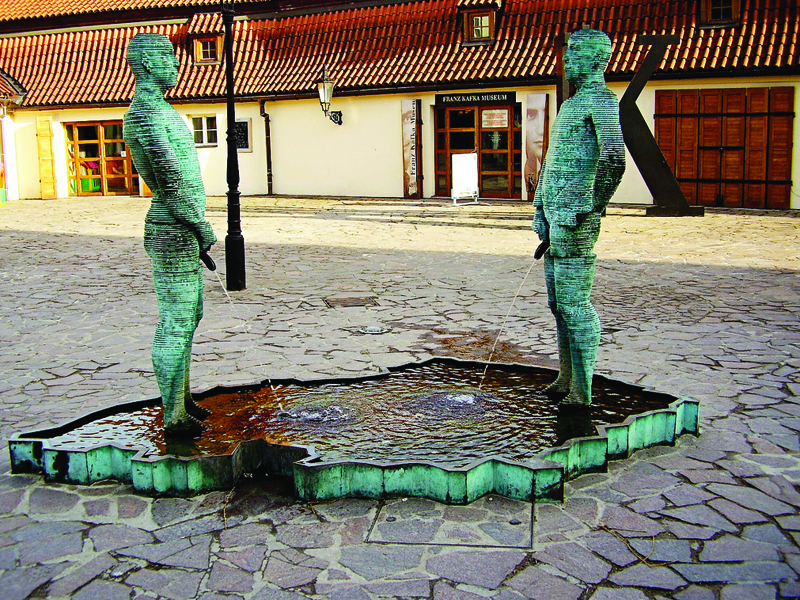Pressure is growing for the government to fund MRIs for men with elevated serum PSA
MRI should be used before biopsy in men with suspected prostate cancer, with new research showing it would save one in four men from unnecessary biopsies, experts say.
The study of almost 600 men with suspected prostate cancer found that performing an MRI prior to their first transrectal ultrasound biopsy doubled the rate of correctly identified aggressive cancers, and reduced overdiagnosis of harmless cancers by 5%.
A negative MRI result was highly indicative that no disease was present, with authors suggesting 27% of the men in the trial could have avoided an invasive and possibly harmful biopsy.
Melbourne urological surgeon Associate Professor Jeremy Grummet said it was time for the government to fund MRIs for men with elevated serum PSA.
At the moment, the standard pathway is to perform multiple un-targeted biopsies after an abnormal PSA.
“You stick needles into the prostate at various different locations, and if you suspect cancer then you just hope that the needle finds it,” he said.
“But you really have nothing to guide you to the tumour.”
Introducing MRIs into his own practice has meant that Professor Grummet and his colleagues have been able to target that abnormal tissue extremely accurately when biopsy was necessary. Multi-parametric MRIs give doctors information on cell density and vascularity, which helps to distinguish between an aggressive and benign cancer.
“It’s going to be a wonderful step forward for men who may or may not have prostate cancer, in having a much more accurate and modern method of diagnosis,” he said.
“To be honest, I think the current method of doing random biopsy, particularly through the rectum, is really quite barbaric.”
The findings also shifted the debate in favour of PSA screening, Professor Grummet said.
“The main deterrent to ordering a PSA is that it might cause more harm than good, risking unnecessary diagnosis and treatment of a disease that has a very low chance of harming the man,” he said.
While nine in 10 men who had a negative MRI scan either had no cancer or a harmless cancer, Professor Grummet stressed the importance of following up with these men.
“A negative MRI doesn’t mean ‘all clear’,” he said.
“You must take into account other risk factors, like how high that man’s PSA is, whether he has a family history of prostate cancer and whether he has obesity.”
Professor Mark Frydenberg, president of the Urological Society of Australia and NZ, agreed that this, in combination with the shift towards more active surveillance, made PSA testing more attractive.
However, only 19.6% of Australian clinicians order a prostate MRI before an initial biopsy and men are out of pocket around $400 each time.
Professor Frydenberg said he hoped that the college’s joint submission with the radiologist’s society would successfully persuade the government to introduce an item number before the end of the year.
“We really feel that there is sufficient data there to justify its funding, and we really want men who can’t afford it to be able to get the appropriate level of care they need.”
As well as the reduced number of biopsies and their associated morbidity, the government could also be looking at savings from the ongoing costs of testing and active surveillance in men with overdiagnosed low grade cancer, he added.
Both urologists stressed the importance of having experienced radiologists carrying out the scanning though, saying there was a significant learning curve with
prostatic MRIs.
Lancet 2017; online 19 January


